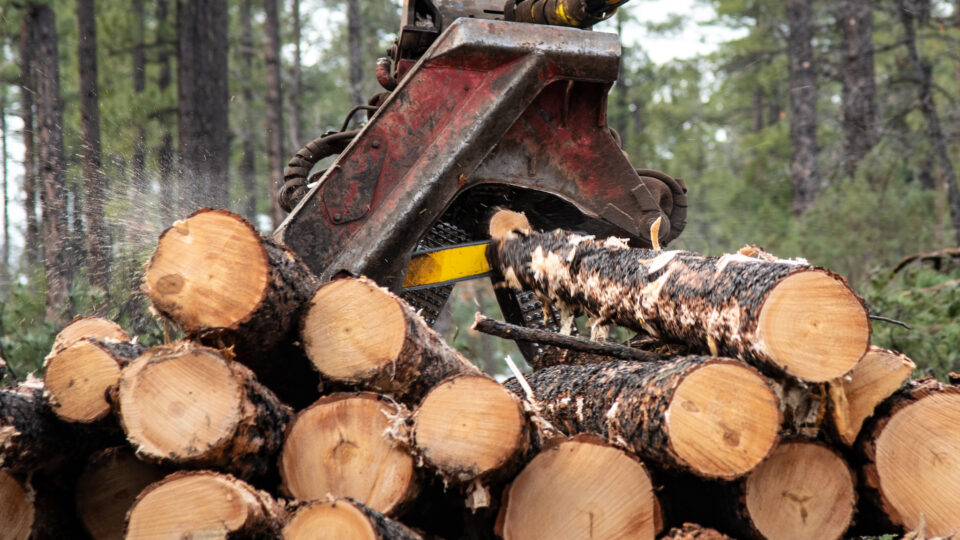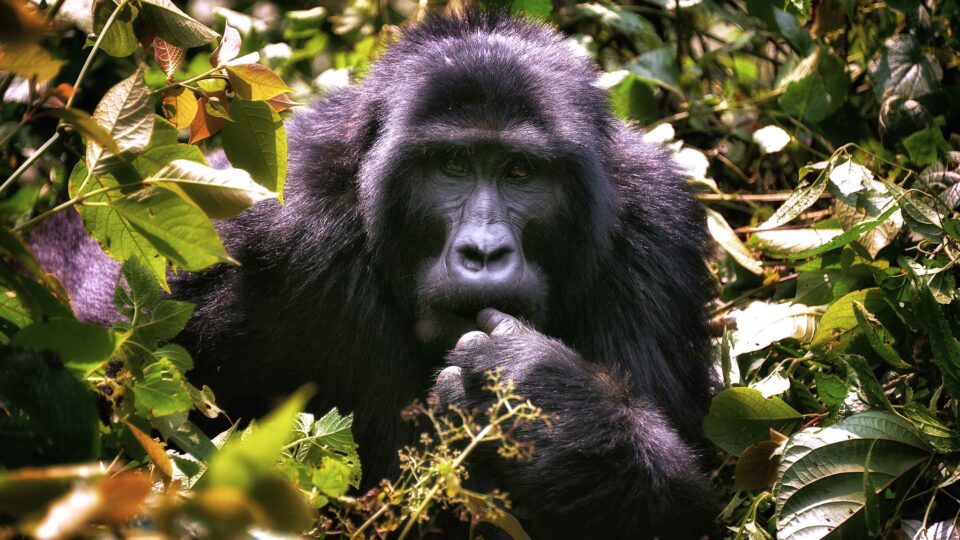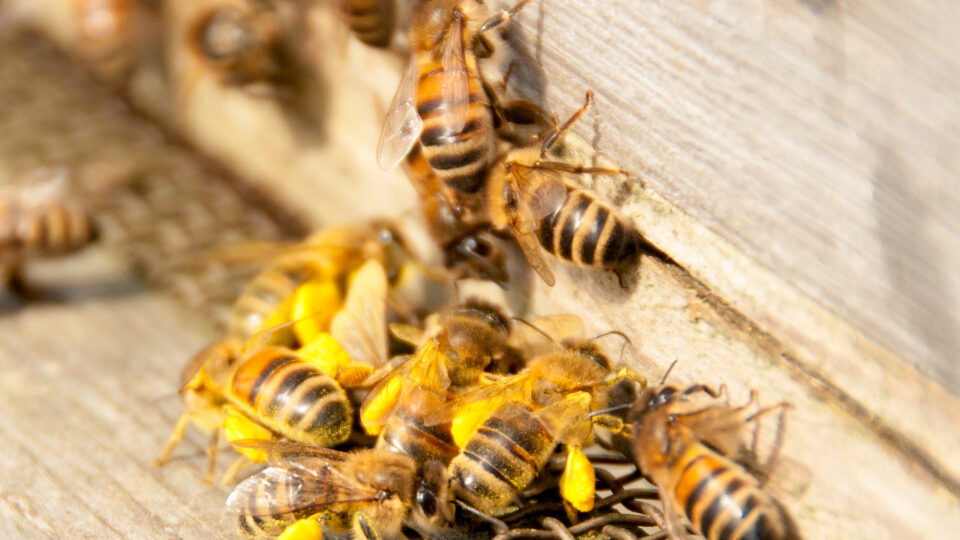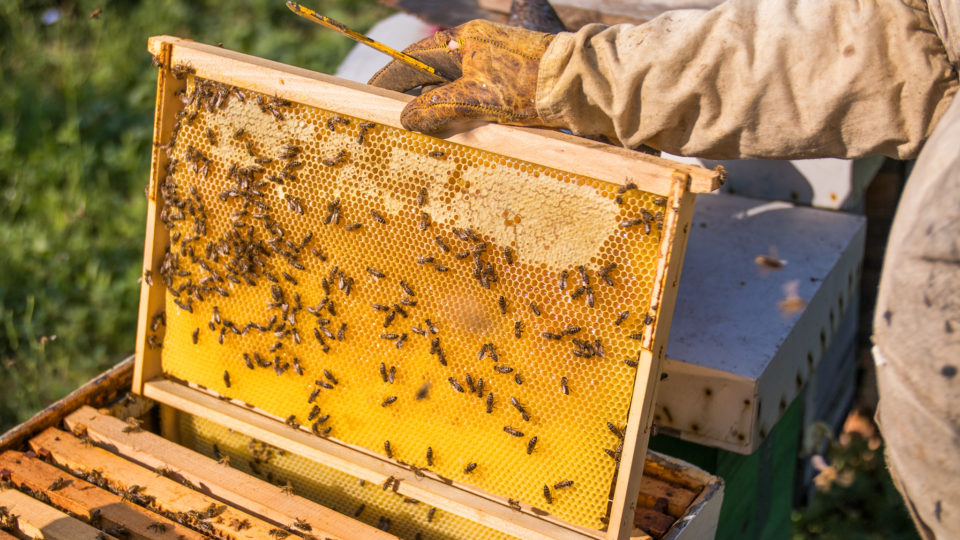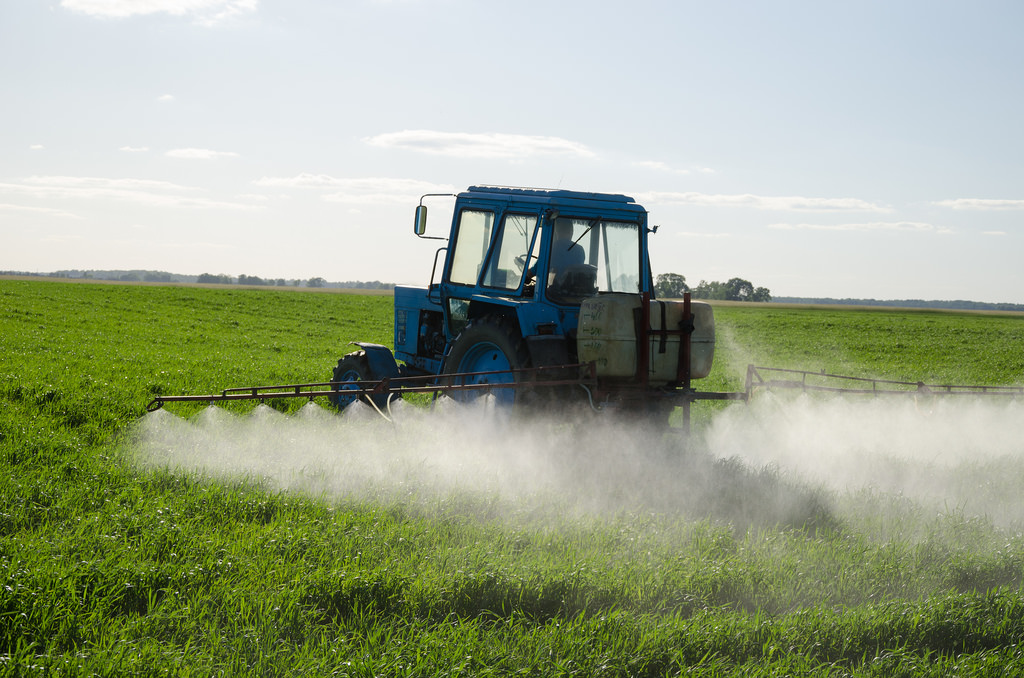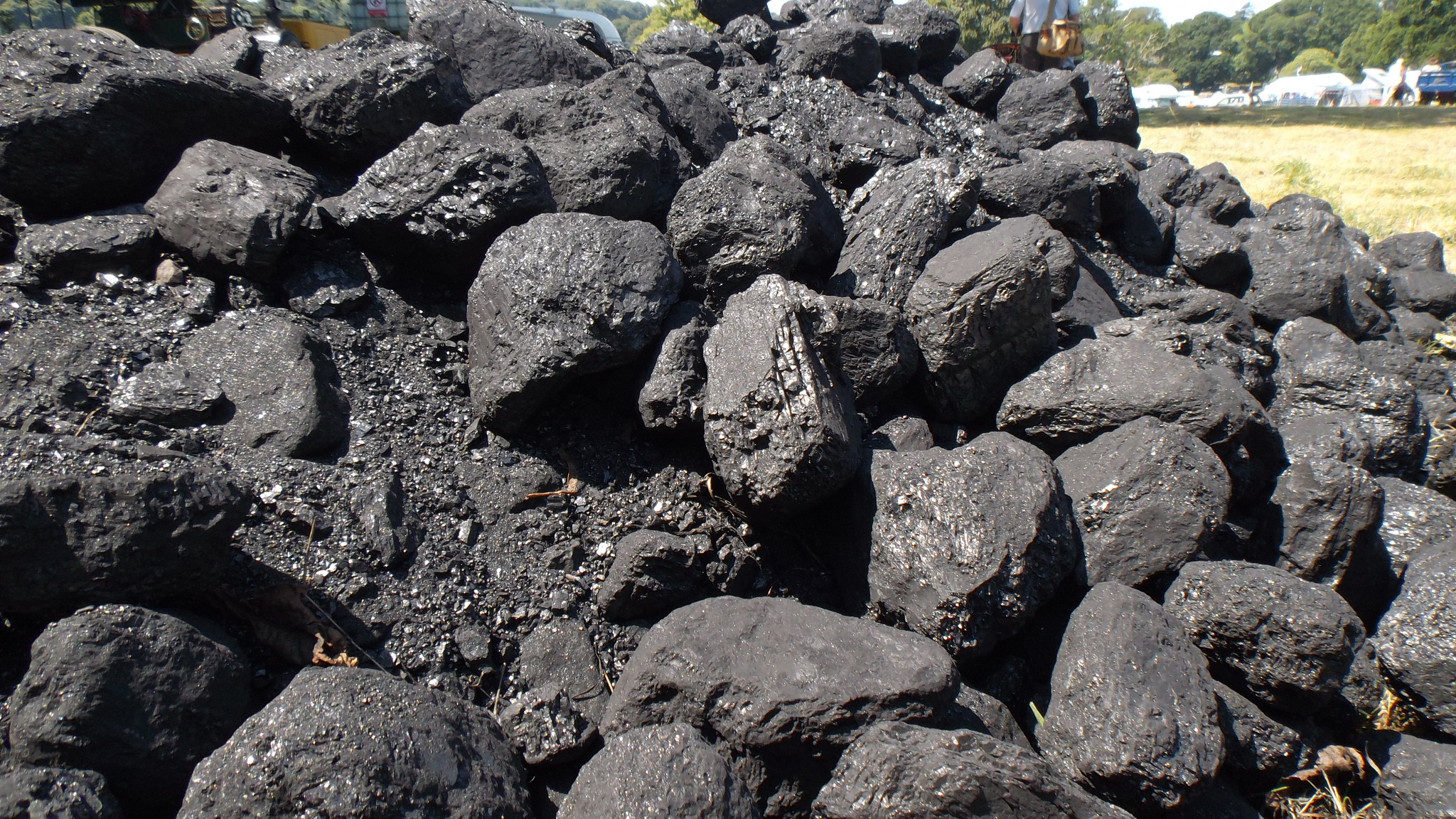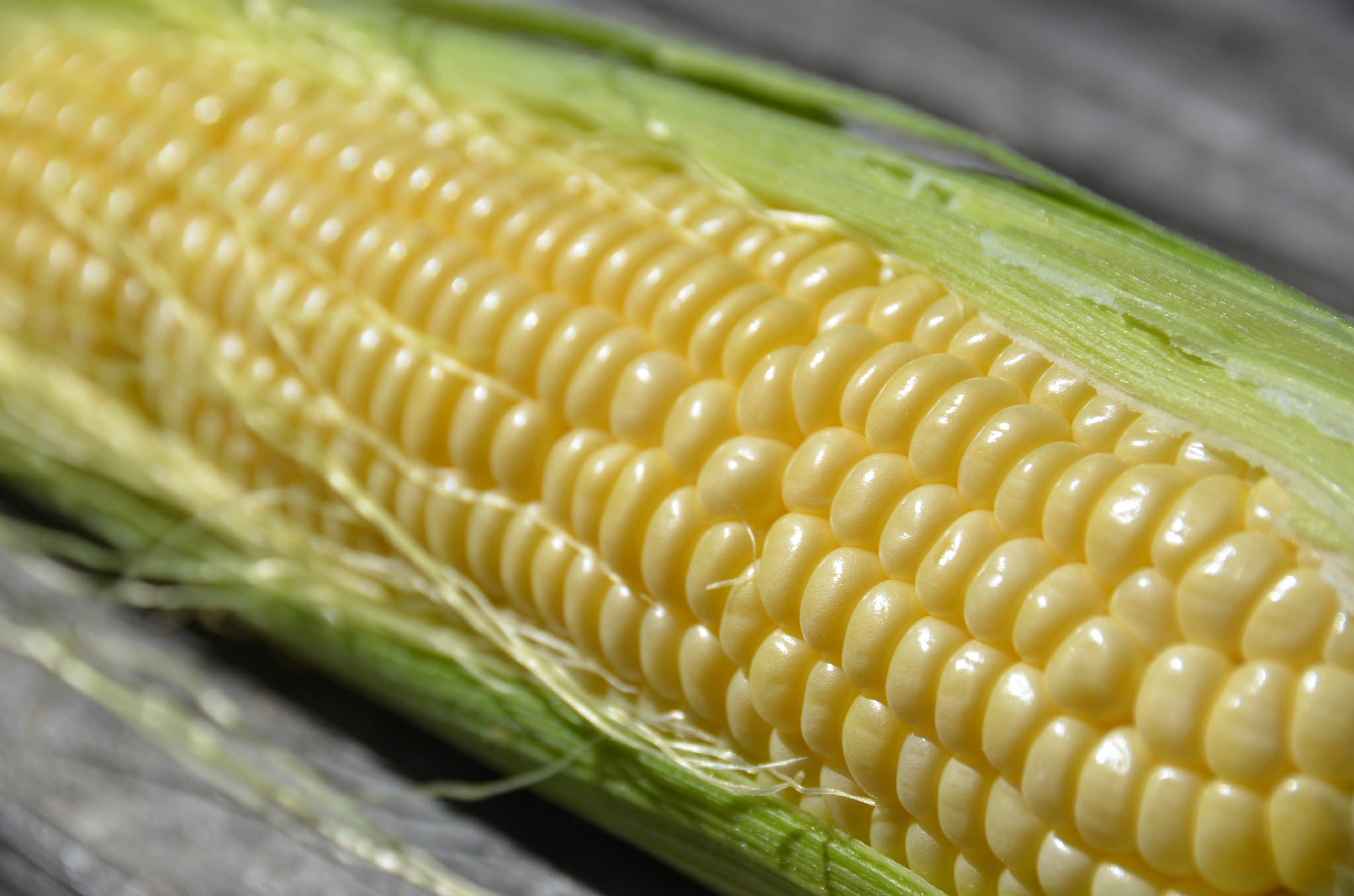Global food production is one of the largest contributors to climate change. In fact, one-quarter of the world’s greenhouse gas emissions result from food production and agriculture. Be that as it may, we still have to eat. But what we choose to eat has a major impact on the environment.
According to a new study by researchers at McGill University in Canada and the London School of Hygiene & Tropical Medicine in the U.K., partially replacing red and processed meat with plant-based proteins can increase lifespan and mitigate climate change.
In the study, which was recently published in the journal Nature Food, the researchers drew data from a national nutrition survey to analyze Canadians’ dietary records. The study modeled partial replacements (25% and 50%) of either red and processed meat or dairy with plant protein foods like nuts, seeds, legumes, and tofu, on a combination of nutrition, health, and climate outcomes.
In the study, the researchers found that a person’s diet-related carbon footprint plummets by 25% when they replace half of their intake of red and processed meats with plant protein foods. However, dairy substitutions showed smaller reductions of up to just 5%.
Meat and dairy-rich diets are known to increase the risk of heart disease, diabetes, and certain cancers. The researchers also estimated that if half of the red and processed meat in a person’s diet was replaced with plant protein foods, life expectancy would increase nearly nine months on average, due to a reduced risk of chronic disease.
The research team hopes its findings will help people make healthier and more sustainable food choices.
**********
Web Links
Food production is responsible for one-quarter of the world’s greenhouse gas emissions
Small dietary changes can cut your carbon footprint by 25%
Photo, posted November 24, 2019, courtesy of Theo Crazzolara via Flickr.
Earth Wise is a production of WAMC Northeast Public Radio


